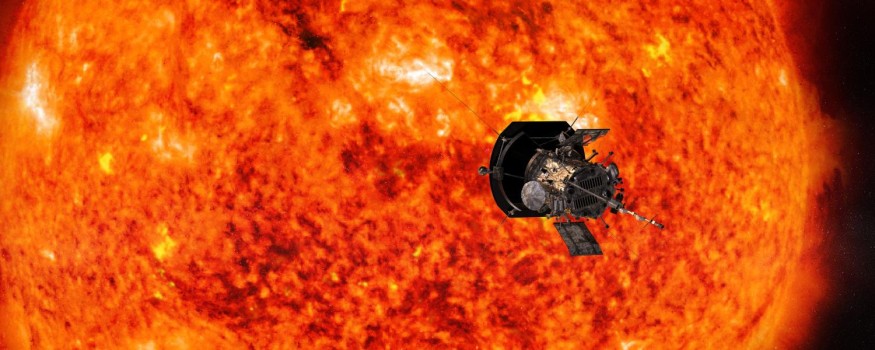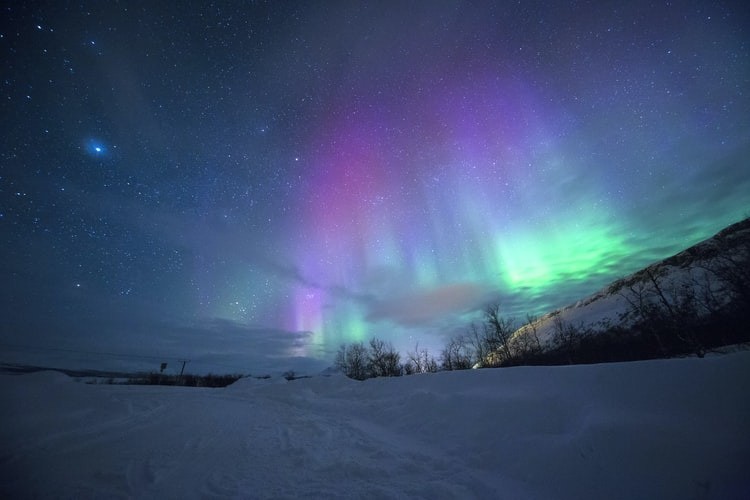Solar winds from our star system's own Sun will be caught by the Earth. Space Experts confirmed that the planet will be hit by a gust of remnants of a recent solar storm at the Sun's surface.

A solar flare released a barrage of particles into space, and some of it will come in contact with the Earth's atmosphere. The solar winds are currently making their way across the 147 million kilometers (more than 91.3 million miles) journey from the Sun and are likely to hit tomorrow.
Experts have forecast the stream of particles will likely cause an aurora in the north pole when it does.
According to the Astronomy site Space Weather on Jan 24, a narrow stream of solar wind is approaching the Earth, and it will have reached the planet by the 25th.
They also said that the gaseous material flows from a small hole in the Sun's atmosphere. The impact could spark a brief episode of Arctic Auroras.

Auroras are caused when the magnetosphere gets bombarded by the solar wind, which deflects the particles, causing stunning green and blue lights.
Solar Storms
A solar storm is a disturbance on the Sun's surface, one that can emanate outwards in the heliosphere's direction. This phenomenon affects the entire solar system, including the Earth, especially the planet's magnetosphere. It's also the cause of space weather in the short-term with long-term patterns comprising space climate.
While this solar storm is not a cause for concern, some astronomers believe a major one could hit, and in a world so reliant on technology, the consequences could be devastating.
Grim Possibilities
Because of the possible dangers a strong solar storm may bring, many scientists are calling for improved methods of monitoring the Sun's solar activities.
A recent study from the Skolkovo Institute of Science and Technology, Russia, said: "A major solar storm could shut down electricity, television broadcasts, the internet, and radio communications, leading to significant cascading effects in many areas of life.
"According to some experts, the damage from such an extreme event could cost up to several trillion dollars, and the restoration of infrastructure and the economy could take up to 10 years.
"Thus, understanding and forecasting the most hazardous extreme events is of prime importance for the protection of society and technology against the global hazards of space weather."
The first author of the study, Dr. Jenny Marcela Rodríguez Gómez, said: "Understanding the characteristics of extreme solar eruptions and extreme space weather events can help us better understand the dynamics and variability of the Sun as well as the physical mechanisms behind these events."
Skoltech researcher Tatiana Podladchikova added: "Our modern technological society needs to take this seriously, study extreme space weather events, and also understand all the subtleties of the interactions between the Sun and the Earth.
"And whatever storms may rage, we wish everyone good weather in space."
A powerful solar flare could potentially render technology on our planet redundant, and experts are now warning we should take the threat more seriously. Some may consider it an over-exaggeration; studying solar activities and preparing for an intense solar storm causes anyone no harm.
For more news update about cosmic events follow Nature World News
© 2025 NatureWorldNews.com All rights reserved. Do not reproduce without permission.





